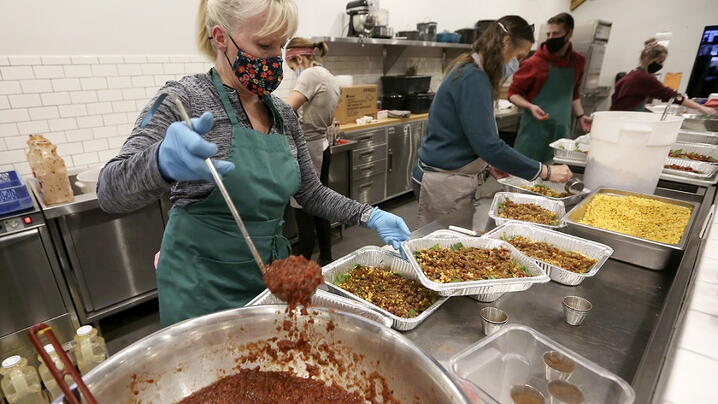
ICMA and City Health Dashboard are pleased to release a new report on how local governments choose the best policy interventions for improving public health.

ICMA Executive Director covers coronavirus-related advocacy activities and member resources
ICMA Executive Director Marc Ott and NLC Executive Director Clarence Anthony urge Black Americans to place their faith in science and data.
What the law and latest guidelines say about mandatory vaccinations

Who will pay for the significant costs associated with the distribution and administration of the COVID-19 vaccine?

With COVID-19 vaccination on the horizon, managers should monitor specific variables and CDC guidance regarding satellite or temporary sites operated in their jurisdictions.

ICMA shares examples of the innovative ways that local governments have used CARES Act funds to address pressing needs.

ICMA Executive Director Marc Ott urges Congress to provide local governments direct, flexible funding

Survey looks at how people are being affected by pandemic and how it varies by gender, race, and socioeconomic factors.
